From the bulletin – “In today’s worship, we are observing the Feast Day of St Francis of Assisi. The commentary on St Francis in Holy Women, Holy Men says that “of all the saints, Francis is the most popular and admired, but probably the least imitated; few have attained to his total identification with the poverty and suffering of Christ.” The readings are those appointed for this day in Holy Women, Holy Men. The opening hymn, “All creatures of our God and King” and the prayer, “Lord, make us instruments of your peace” are texts attributed to St Francis.”
Season of Creation
Season of Creation 2018 – A Look Back
The Season of Creation year B encompassed all 5 Sundays in September, 2018 and through St. Francis Day, Oct. 4
Key ideas
1. The Season of Creation as with last year focuses on God the Creator. God Creates the world God’s sustains the earth, promotes renewal for the entire creation, gives us the ability to take action where needed in the world.
2. The final creation was not at the beginning of Genesis and left as it was. The world is in constant creation.
3. As the Pope has said many times, “We are the guardians of Creation” and “everything is connected.” We must be the stewards of our earth and be on guard for its exploitation.
4. When we choose to live in God’s new creation, we grow, and contribute to the good of the world around us, loving one another.
5. The Season of creation is about images and symbols to depict creation and our roles through scripture and the sermon. We used the sower, miracles, butterflies seeds, gardens, and mandalas to convey the meaning this year.
St. Francis- Blessing of the Pets, 2018
Under clear, but warm skies for an early October Thursday, Catherine blessed six dogs – Max, Opie, Bo, Rosie, Charlie, Koda, and one kitten–Cricket. It was a heated contest but Max and his owner came out with the $25 Pet Smart gift certificate. Elizabeth Heimbach’s mouse treats were delicious as usual and Catherine added “munchies” for all. Including Catherine there were 17 people.
Season of Creation, Sept. 3, 2017
We started the Season of Creation Sunday, Sept. 3, 2017, five weeks in the middle of Pentecost that focuses on our relation to God and the environment. The Season of Creation is an optional liturgy in the Episcopal Church. We had different readings readings and a different Eucharistic prayer – “We Give Thanks”. It highlights the role of God as Creator and Jesus dwelling in nature as one of us to bring us abundant life. There were five Sundays in the season. The link to the Sunday is here.
It made it real with Hurricane Harvey devastating Houston, Texas, the 4th largest city in the US. We are collecting funds for its relief. As part of that, an anonymous donor has pledged to match the first $1,000 of donations. Thus we plan to send Episcopal Relief a check for $2,000 in the minimum.
St. Francis Celebration, Oct. 4, 2017
This was a different St. Francis Event, 4pm-6pm, Oct. 4, 2017. In the past we have had the service around the Blessing of the Pets. In other years at Charter Day we gave out treats and had some blessings. The link to the story is here.
This year we had a variety of activities – art, a scavenger hunt, the blessing and then following it the Village Dinner.
In attendance were 7 dogs, 3 hermit crabs, a wounded vulture and 2,000 bees. The people came at different times so the service was repeated several times. Usually the people gather for one service Catherine also had “treats to go” that she gave out at the Village Dinner
Thanks to all who participated in particular for Susan Tilt’s art project, Andrew Huffman for his wonderful explanation on our bees and for gathering the bees in a separate glassed container so all could see, Catherine for the scavenger hunt (for both children and adults), the helpers with the Village Dinner and of course those who brought their animals. There was much more diversity from just having dogs.
Blessing of the Animals, Oct. 2, 2010
We had about 15 dogs and 20 humans to attend the service. Festive treats were provided Elizabeth Heimbach (mouse cookies with licorice tails) and was helped by ;Terri Harrison who brought the dog biscuits. Cookie brought plants and a sweater with cats, which were luckily not chased by the dogs here. The weather was gorgeous with lots of sunshine and moderate temperatures.
Charter Day/Blessing of the Animals, Oct. 4, 2014
St. Peter’s had a table this year at Charter Day and provided activities in relation to St. Francis day also on October 4 as well as selling ECW gifts. Most people did not obviously have their pets. So Catherine provided “pet blessings to go” for both dogs and cats which included a St. Francis blessing, some pet treats and information about the church. She gave out 30 dog packets and 26 cat packets, only 10 calories flavored with pumpkin and sweet potatoes to fit the season. She did bless at least 8 dogs that were at Charter Day.
Blessing of the Animals, Oct. 4, 2013
We had 8 dogs with 17 people – the same number of animals as in 2012 but this blessing was characterized by the number of children which contrasted nicely with last year’s more subdued gathering. It was definitely livelier on an unseasonably warm day for this year However, one thing is constant – Elizabeth Heimbach’s mouse treats. They’re worth coming out for even without an animal.
Blessing of the Animals
Under a beautiful crisp October day, we blessed 6 dogs and 1 cat (“church kitty”). (Oct. 8, 2011).
Blessing of the Animals, Oct. 4, 2012
A wonderful day of celebrating our animals on a relaxful Oct. afternoon. We had 8 dogs and had the time to enjoy them, get to know them. Each received a blessing. Thanks to Cookie, Barbara, Mike and Marilyn, Nancy and Dewey and Boyd for participating along with their animals
A Rogation Treat – OnBeing interview with author Robin Wall Kimmerer.
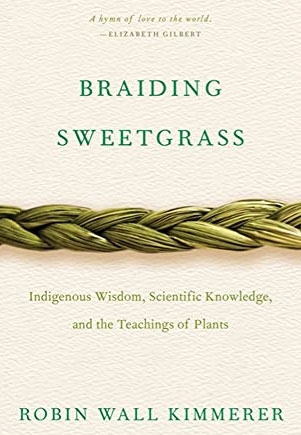
She is the author of the Braiding Sweetgrass. From Bookshop.org “As a member of the Citizen Potawatomi Nation, she embraces the notion that plants and animals are our oldest teachers. In Braiding Sweetgrass, Kimmerer brings these two lenses of knowledge together to take us on “a journey that is every bit as mythic as it is scientific, as sacred as it is historical, as clever as it is wise” (Elizabeth Gilbert).
“Drawing on her life as an indigenous scientist, and as a woman, Kimmerer shows how other living beings–asters and goldenrod, strawberries and squash, salamanders, algae, and sweetgrass–offer us gifts and lessons, even if we’ve forgotten how to hear their voices. In reflections that range from the creation of Turtle Island to the forces that threaten its flourishing today, she circles toward a central argument: that the awakening of ecological consciousness requires the acknowledgment and celebration of our reciprocal relationship with the rest of the living world. For only when we can hear the languages of other beings will we be capable of understanding the generosity of the earth, and learn to give our own gifts in return. “
Artists for Climate
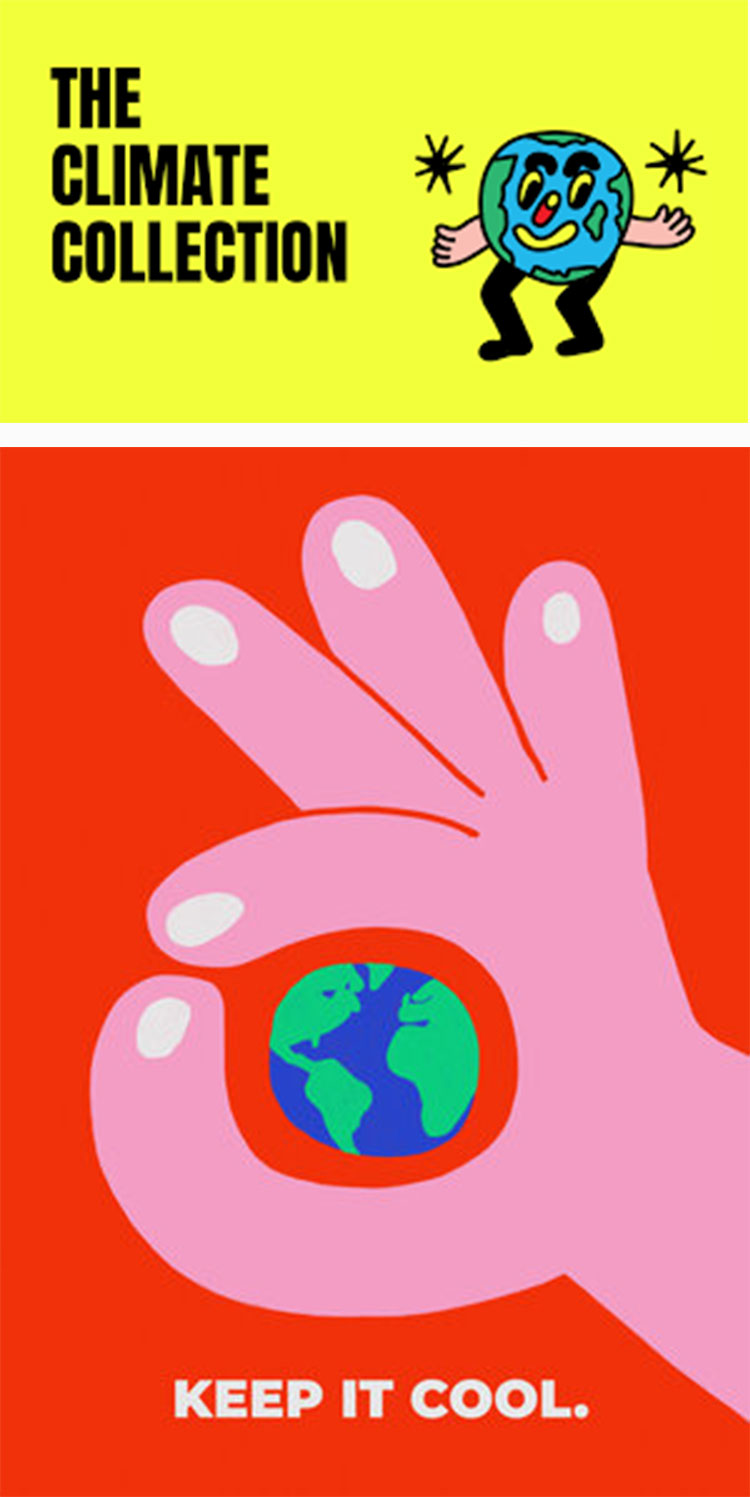
Just in time for Rogation Sunday!
In 2021, TED Countdown launched a partnership with Fine Acts – a global creative studio for social impact – to kick off a series of SPRINTS, creative boot camps held at TEDx events worldwide.
The goal: Engage artists to envision a better future. In three years, this extraordinary collaboration has produced hundreds of inspiring works for The Climate Collection – a unique vault of open-license visuals.
They are here
Earth Day 2024
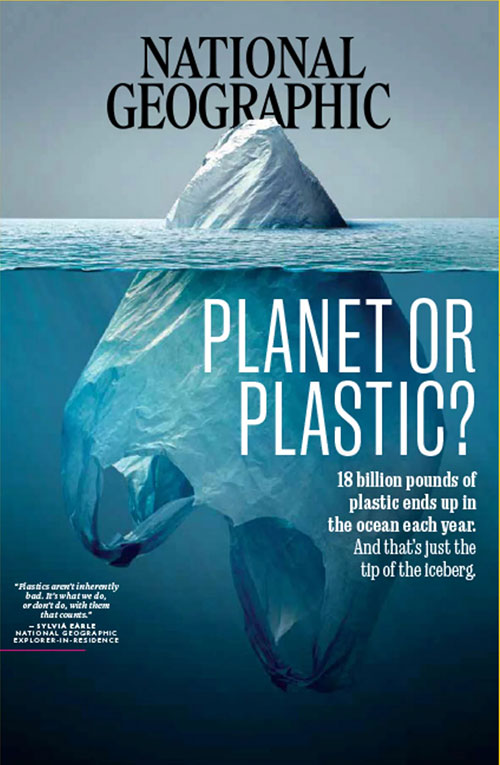
Earth Day originated in 1970 after Sen. Gaylord Nelson from Wisconsin witnessed the ravages of the 1969 massive oil spill in Santa Barbara, California. He hoped it would force environmental protection onto the national political agenda. It did lead to the creation of the Environmental Protection Agency, the passage of the Clean Air Act and a dialogue on a host of issues. In our time it focuses on climate change
The theme in 2024 is “Planet vs. Plastics”. The organizing arm earthday.org has the main goal of a 60% reduction in the production of plastics by 2040.
To achieve a 60% reduction by 2040, earthday.org goals are: (1) promoting widespread public awareness of the damage done by plastic (2) rapidly phasing out all single use plastics by 2030 and achieving this phase out commitment in the United Nations Treaty on Plastic Pollution in 2024 (3) demanding policies ending the vast amount of plastic the fashion industry produces and uses (4) investing in technologies to build a plastics-free world.
Plastics are a threat to human health. As plastics break down into microplastics, they release toxic chemicals into our food and water sources and circulate through the air we breathe.
Scientists have found microplastics — or their tinier cousins, nanoplastics — embedded in the human placenta, in blood, in the heart and in the liver and bowels. Plastics can also carry other chemicals not involved in their production: “hitchhikers” absorbed onto plastics and later potentially released into the human body.
The chemicals in plastics have been linked to a variety of issues, including reproductive harm and obesity, organ problems, and developmental delays in children. Ingesting these plastics causes cell damage, which could lead to inflammation and allergic reactions, and once consumed, removing microplastics from your body is not an easy process.
Plastics surround us with the use of plastic bags, plastic containers, packaging materials and garments. (70% from crude oil releasing microfibers ). The small fragments linger for centuries. Animals die from our distribution of plastics
Cigarette butts (whose filters contain tiny plastic fibers), food wrappers, plastic bottles, plastic bottle caps, plastic grocery bags, plastic straws and plastic stirrers are among the most common pollutants.
In 1950, the world produced 2 million metric tons of plastic; in 2019, that number had grown to a staggering 460 million tons. And when that plastic breaks down, it splits into tinier and tinier pieces that can slide more easily into the human body.
Plastics can take anywhere from 20 to 500 years to decompose, depending on the material’s structure and environmental factors such as sunlight exposure.
Less than 14% of plastic packaging is recycled. With plastics being composed of several different polymer types, it is nearly impossible to recycle different plastics together as they melt at different temperatures.
Additionally, to be recycled properly, plastics need to be separated. This is not only time consuming, but costly.
Links
1. Disposable plastics
2. Single use plastics
3. Ocean plastics
4. Microplastics
5. Threat to human health
Take action
1. Sign the Global Plastic Treaty
2. Educate yourself on plastics
3. Reject fast fashion
4. Take a Plastic Quiz
Manage Your Plastic Use
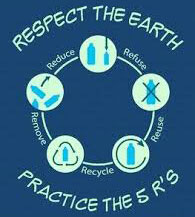 Individually we cannot change industries or policies but we can make manageable changes in our lifestyles to counter the threats.
Individually we cannot change industries or policies but we can make manageable changes in our lifestyles to counter the threats.
Earthday.org calls these the 5R’s- Reduce, Refuse, Reuse, Recycle and Remove
1. Reduce – Before you shop…
Ask yourself two questions when considering plastic products or products with plastic packaging – Do I need it? Can I use something else?
2. Refuse – Say “no” to plastics
The substitutes for plastics are the ones you choose which can make a contribution to the environment.
Some key tips
A. Avoid plastic straws – use metal or wood/paper based straws.
B. Use reusable shopping bags. And buy cloth or mesh bags to carry fresh produce to the cashier.
C. Select products without plastic packaging.
D. Note products that use plastic microfibers – such as nylon and polyester
E. Bring your own coffee cup to the coffee shop.
3. Reuse – Avoid single-use plastics
Use dishes, glasses, and metal silverware instead of their plastic counterparts.
Avoid plastic items going to the dump – When you finally decide to get rid of old clothes, toys, furniture, or electronics, donate them rather than throwing them away.
For young parents -Trying washable reusable cloth diapers instead of disposable ones.
Any food containers from restaurants are durable enough to be reused for kitchen storage. Make sure to wash them by hand—putting them in the dishwasher can expose you to toxins.
4. Recycle -Know your waste management company/county. This is not the best choice when dealing with plastics. It cannot replace the need for reducing consumption or refusing and reusing plastics when you can.
If you have to throw away something, segregate it and give it a chance to be recycled!. If recycling is the best option, you should do so following the rules of your community.
For Caroline county -Eric Johnson is the Solid Waste Superintendent email – ejohnson@co.caroline.va.us or phone number (804)572-6301.
For the most part, only recycle if you are positive that the item is truly recyclable.
5. Remove – “Get it outta here!
Plastic/litter clean-ups are great community events that let you meet the people who live around you while cleaning up your local community at the same time.
I try to take an hour or two to walk different paths in the neighborhood to pick up trash. The walking and stretching are good exercises and help the community at the same time.
Biodegradable plastics have emerged as a potential solution and are made from natural sources like plant-based materials and micro-organisms such as bacteria that can be used in a variety of industries such as packaging, construction, and healthcare.
Parish Creation Care Committee – Additional ideas for Earth Day
From the Diocese of Connecticut, April 12, 2024
1. Purchase silicone containers as a substitute for plastic containers from restaurants for takeout
From St. Peter’s, Cheshire, CT
A Campaign to Minimize Single-Use Plastic and Food Waste -Contain&Sustain* was awarded *The Jack Spaeth Creation Care Environmental Grant* through ECCT and gained additional financial support from St. Peter’s ECW fund. In late July we launched a matching grant community crowdfunding campaign through Sustainable CT that ended Sept. 2.We reached our $3,000 donation goal and earned the 1.5 dollar-for-dollar match to equal $7,633.30!**
These funds purchased 1700 compact, reusable silicone take-away food containers, which we are distributing FREE to community members. Our goal is to build awareness of food waste AND the waste caused by single-use plastic/styrofoam carry-out containers AND to change behavior to minimize their use in Cheshire
2. Use sneaker collection Highland Elementary, is doing a sneaker recycling drive for Earth Day. Used sneakers will be collected and sent to a company that recycles them and keeps them out of landfills.
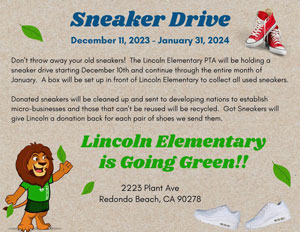
A Poem for Earth Day

“The Peace of Wild Things” by Wendell Berry
When despair for the world grows in me
and I wake in the night at the least sound
in fear of what my life and my children’s lives may be,
I go and lie down where the wood drake
rests in his beauty on the water, and the great heron feeds.
I come into the peace of wild things
who do not tax their lives with forethought
of grief. I come into the presence of still water.
And I feel above me the day-blind stars
waiting with their light. For a time
I rest in the grace of the world, and am free.
Blessing of the Animals – Oct. 4, 2013 – 10 years ago
Friday, Oct. 4, 2013 (full size gallery)
Oct 4 is the day set aside to remember St. Francis with his respect toward nature and his example of living the life of Christ in abject poverty. Traditionally it is the day for the Blessing of the Animals worldside.
Every Blessing of the Animals is different. We had 8 dogs with 17 people – the same number of animals as in 2012 but this blessing was characterized by the number of children which contrasted nicely with last year’s more subdued gathering. It was definitely livelier on an unseasonably warm day for this year However, one thing is constant – Elizabeth Heimbach’s mouse treats. They’re worth coming out for even without an animal.
After an opening by Catherine on the life of St. Francis ( the prayer of St. Francis ), we used this service . First is a part where we comfort the animals and then the priest goes around and blesses each individually.
The animals seemed to enjoy the day and the Fishers got Jackie, a newcomer this year, to perform for us. And then the children performed with hoola hoops!
The extensive yard of St. Peter’s gets a workout on this day. There is something magical between children and animals and the pictures try to capture some of that. Nature cooperated with a blanket of sunlight through the early evening.
Newsletter, October, 2023
Click here to view in a new window.
